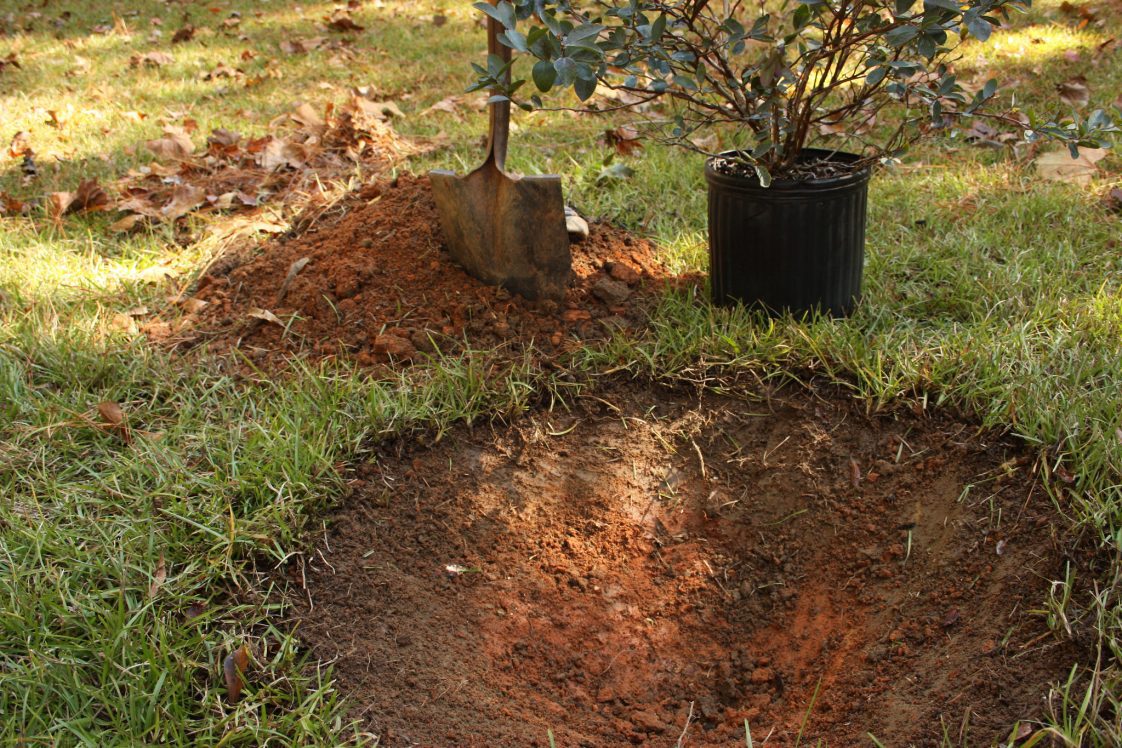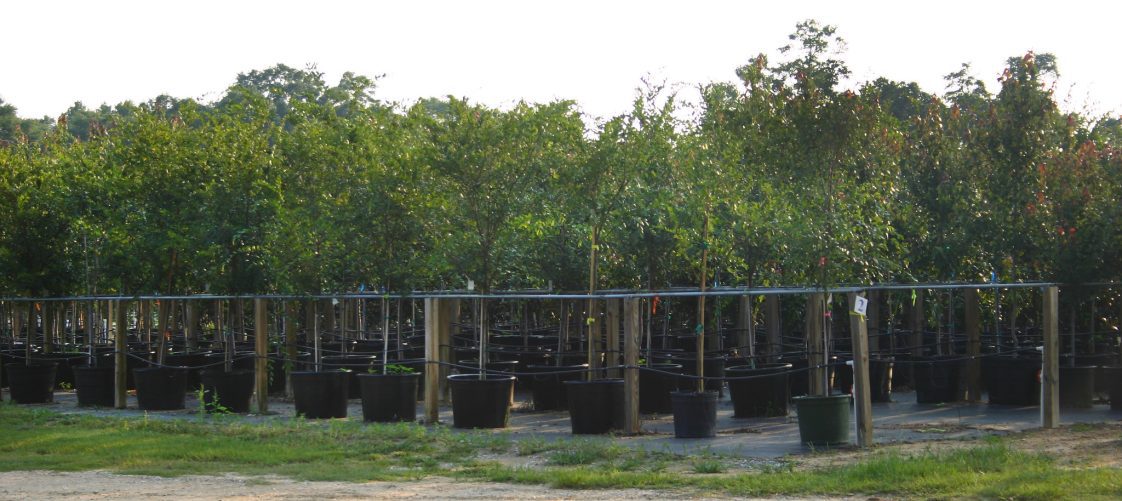Lawn & Garden

AUBURN UNIVERSITY, Ala. — Fall is the right time to plant trees and shrubs, since the weather is cooler and plants are much less stressed than they are in the heat of summer. It is also a great time to get outside and work without getting soaking wet with sweat. Brian Brown, an Alabama Cooperative Extension System home horticulture agent, said two of the most important things you should do before planting are take a soil test and correct any drainage issues.
Soil Testing
 A soil test will provide gardeners with important information on the health of their soil — including how to adjust soil pH and other nutrients the yard may need.
A soil test will provide gardeners with important information on the health of their soil — including how to adjust soil pH and other nutrients the yard may need.
“Soil test kits are available at your local Extension office, along with information on how to collect the soil and send it to the Auburn University Soil, Forage and Water Testing Lab,” Brown said. “If you’ve already completed a soil test, you are one step ahead. Follow the fertilizing directions recommended from the results of your soil test as you move forward with your planting plans.”
Fall Planting
Brown said most problems in the landscape have to do with water or a lack thereof. So, correcting drainage issues is a major step in keeping plants healthy. Too much and too little water will exhibit the same symptoms.
“Once you have found the ideal location for your plant, dig the planting hole two to three times the size of the root ball,” Brown said. “That will give the plant plenty of room to establish a good root system. One of the most important things you can do is not plant your new plant too deep.”
When planting, gardeners should make sure that they can can see the root flare at the base of the tree or shrub, which should be at ground level. It is also important to scarify the root ball. This entails taking the plant out of the container and breaking up the roots. Be sure to cut or break up any roots that are circling.
Brown said gardeners shouldn’t be afraid of cutting those roots.
“If you skip this step, you may end up with girdled roots, which will lead to a decline or eventual death of the plant,” he said.
Once the hole has been dug and the root ball has been scarified, place the plant into the hole. In Alabama, many have heavy clay soils, so it is wise to plant a couple of inches above the surrounding ground to help with drainage.
“Backfill the hole, being sure to eliminate any air pockets that may be there,” Brown said. “Water the new plant deeply. It will need to be watered often during its first few weeks.”
Spring Fertilizing
It is important to avoid fertilizing in the fall, which could result in new growth if warm weather persists. The new, tender growth could be burned by any early-season freezes. When spring arrives, Brown said it is best to fertilize plants based on the results of the soil test. Following these steps will ensure healthy, thriving plants.
More Information
For more information about fall gardening, visit www.aces.edu or call the local Extension office to connect with a local home grounds, gardens and home pests agent.

